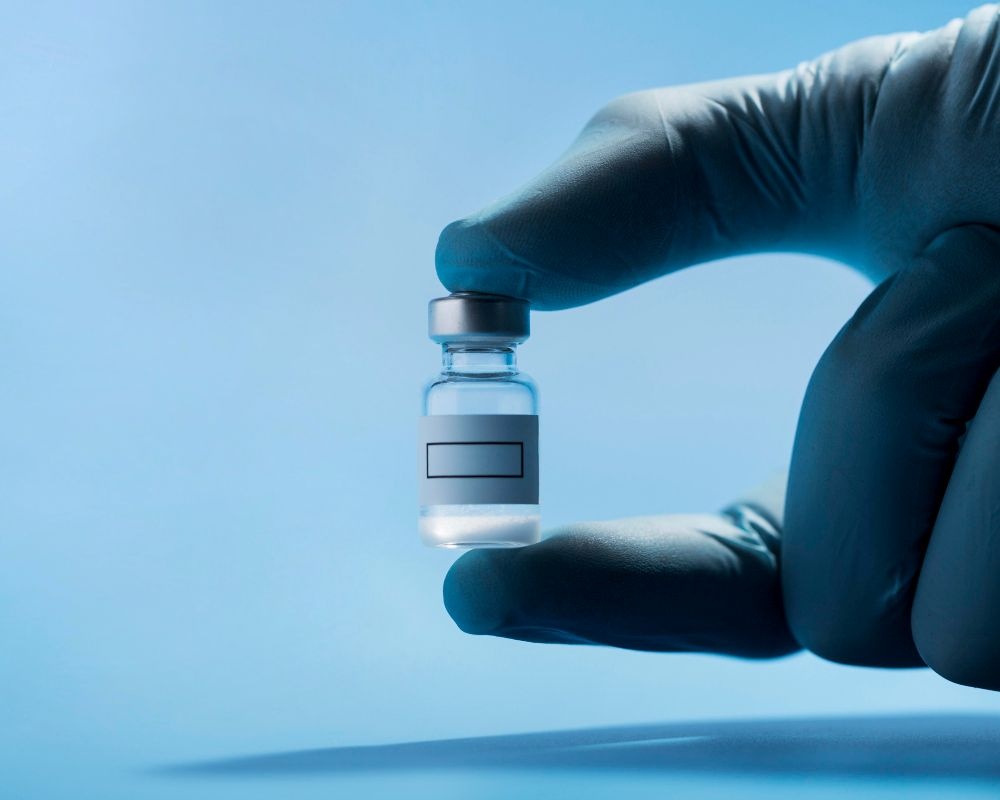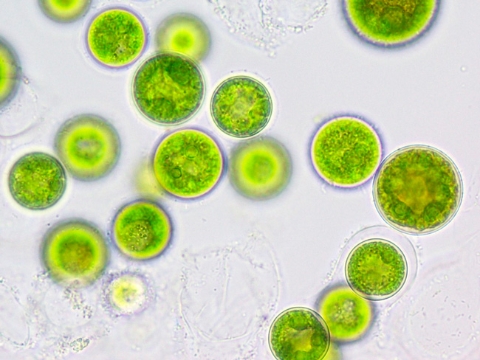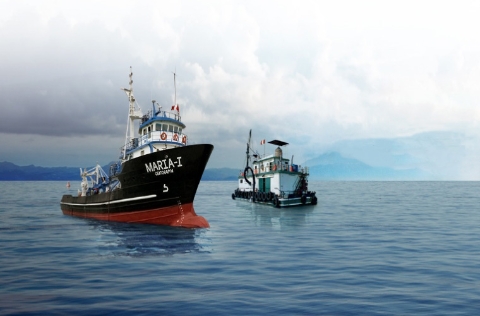
Third-generation nucleic acid vaccines (DNA and mRNA) currently represent the most advanced technological platform, offering aquaculture producers a means of inducing more specific, robust and long-lasting immunity against bacterial, viral and parasitic pathogens. In doing so, they stand to replace outdated antibiotic therapy and mitigate the enormous economic losses caused by infectious disease on farms.
Unlike first-generation vaccines – inactivated or attenuated – and second-generation protein-subunit vaccines, which directly introduce the antigen into the fish or crustacean, third-generation vaccines penetrate the host’s cells once injected, where the cellular machinery temporarily produces the antigenic protein. This, in turn, triggers a stronger immune response.
To put it into context, these third-generation vaccines became globally recognised for their widespread use during the COVID-19 pandemic – particularly the Pfizer and Moderna vaccines, both based on messenger RNA.
DNA vaccines stand out for being more stable, less costly to produce and not requiring a strict cold chain for storage. This platform has proven particularly successful against persistent viruses in salmonids, such as infectious hametopoietic necrosis virus (IHNV) ad viral haemorragic septicemia virus (VHSV), where conventional vaccines are often inadequate.
mRNA vaccines, driven by the wave of rapid innovation following the pandemic, are considered more effective at inducing stronger and faster immune responses. Although still in early stages of development for fish, they have the potential to revolutionise the fight against major marine pathogens such as viral nervous necrosis.
Bridging the gap between the laboratory and the commercial farm
Despite their undeniable scientific advantages, large-scale integration of these genetic vaccines into commercial aquaculture faces significant hurdles. The main challenge lies in the route of administration, as injection remains the most effective standard method. However, it is costly, stressful for fish and logistically impractical for mass vaccination in high-volumes farms.
To overcome this, research is now focusing on developing non-invasive delivery strategies. Edible vaccines – which use algae, yeast or transgenic plants to express antigens that are then administrated orally through the feed – are being investigated. This method eliminates handling stress and is ideal for mass application, but oral and immersion vaccines have historically shown limited appeal due to their low efficacy.
Another barrier is the high production costs of these advanced technologies, particularly mRNA vaccines, along with ethical and health consideration surrounding the use of genetic material and transgenic organisms. Additionally, the need for a cold chain in mRNA vaccines (while DNA vaccines are more stable) further increases logistical complexity.
Ultimately, widespread adoption will depend on the industry’s ability to develop and standardize non-invasive, affordable and efficient delivery systems.



